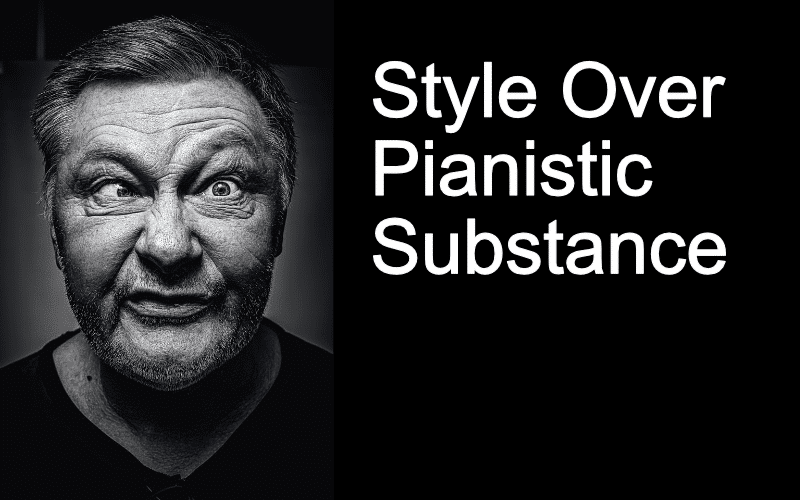Attention: Not for the sensitive and sincere individuals. If you’re easily offended, please exit this website at once. This text is not politically correct. It is vulgar, insensitive and contains harsh and disrespectful expressions to facilitate an enjoyable read. Read at your own discretion.
❦
In an era when personal looks are of supreme importance, where young people think more about how they look on social media rather than how they look inside, where computer apps are sold to make our ugly faces look not ugly and our massive bellies to look not extended, it goes without saying that everything visual is of high importance in our futile human lives.
Visuals were always important, of course. From the pyramids of Egypt (please, tell me why they were built other than vainly showing off?), to the majestic Statue of Liberty, or to the grandiose Eiffel Tower, all those monuments inadvertently symbolised one core thing through their impressive visuals: the human vanity at its grandest. Behind the supposed grander meanings of their elaborate constructions, it’s all visual, my dearest pianists. It’s all affectation and self-love.
So, on the piano, positioning of body parts such as fingers, hands, shoulders, heads, legs and noses does matter in our musical lives. But not because they necessarily make an audial difference, but because they matter to our gullible audiences. And what do our vulgar and antediluvian audiences want? To get through the night with cheap tricks and showing-offs and make themselves feel cultured and important. I’ve told you before, I am not interested in the least in making friends with this website.
Do bodily positions matter in pianism and in musical performance in general?
So, is there a correct bodily, finger or hand position on the piano?
Well, I think there is, but it is unique for each one of us. This “correct” position cannot be found in a textbook however, and is not one size fits all, I’m afraid. This position can only cater to our unique bodies and cannot be emulated by anyone else as long as this person is not… cloned, that is. And even then, there is the element of our distinct upbringings that renders our body’s state impossible to replicate.
In my minute studies of music and the piano, I came to conclude that positions, such as of fingers and hands, have zilch end-result on our artistry. And to be honest, by studying the various pianists’ visual demeanours, the worse they were, the better.
The ugliest, the fattest, the slouchiest, the less Instagram-like pianists, were, and are, the ones that we place today on the pantheon of pianism. Well, in classical music, at least. Come to think of it, though, I am super fat and, arguably, extremely ugly, however I still haven’t made a mark with my playing. Hm. Go figure.
So, who cares if you are fat, with a nose pointing to the side, with dangly teeth and hair that have thinned? Who cares if you have veiny hands, arthritic fingers, broken and greasy fingernails, and your piano stool is about to collapse from your mammoth physique? For one, I am not interested in the least.
I just have no interest in your external imperfections or utter ugliness. It’s none of my business to attack your horrid fingers on the piano that can make Frankenstein’s look like Barbie’s, compared. My standards are quite higher than that – I won’t fall in the trap of judging anyone’s physic.
I only care if your sound is the right one. I only care if your audial product is efficient and if you can transcend me with your individual interpretation. I care if you respect the composer and understand her plight. Nothing more, nothing less. No attires, no grandiose bodily expressions or superfluous talkings can make me appreciate art more than the sincere pianist sitting on the piano with his cheap suit trying to perform a Brahms sonata.
So, stop worrying about whether you have the right hand or finger or back position. And what is this right position, anyway? No one will tell you—except for the piano itself.
The piano is eventually going to structure your body parts and force you to do the right thing—but only if you want to reach the depths of pianism.
Sound is paramount. The rest is noise.
===
Copyright © 30th September, 2021 by Nikos Kokkinis
A Big Thank You To
for his strong image I used for the composite image you see at the top of this article. Please do visit his page on Unsplash.
THANK YOU


